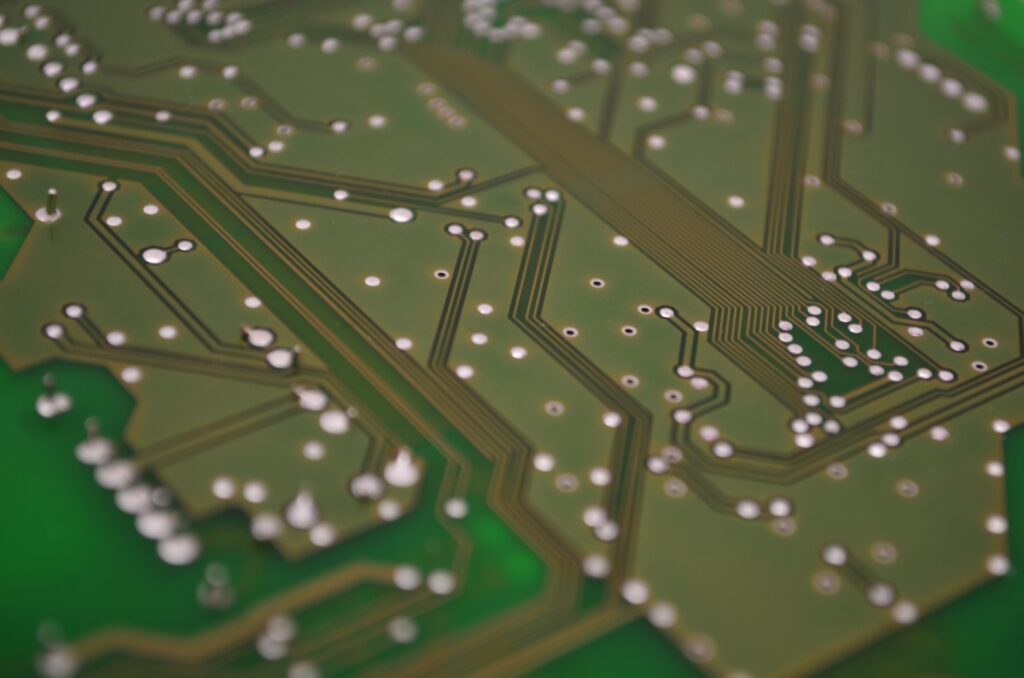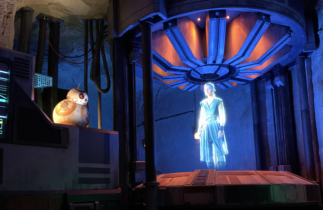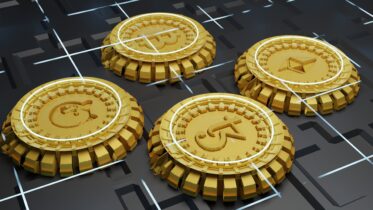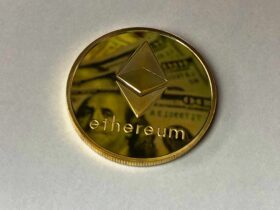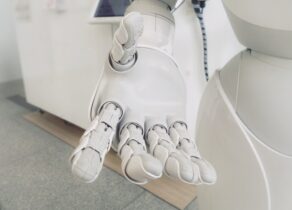Non-fungible tokens (NFTs) are becoming more popular by the day. According to DappRadar, the trade volume of NFTs in 2021 was $24.9 billion–over $95 million more than in 2020.
One of the most significant developments in the cryptocurrency ecosystem is the rise of non-fungible tokens. The initial generation of NFTs concentrates on developing the fundamental components of the NFT market’s infrastructure, including ownership representation, transfer, and automation.
Even the most basic kind of NFTs capture great value, but the hype in the industry makes it difficult to tell the difference between signal and noise. As the market develops, the value of NFTs should shift from static photos or text to more intelligent and dynamic collectables. The upcoming wave of NFTs is going to be heavily impacted by artificial intelligence (AI).
NFTs and AI
We need to know what AI disciplines cross with the current generation of NFTs to comprehend how intelligent NFTs can be created. NFTs are represented virtually using digital media, including photos, videos, text, and audio. These representations translate to several AI sub-disciplines amazingly well.
The “deep learning” branch of AI uses deep neural networks to generalize information from datasets. The concepts underpinning deep learning have been known since the 1970s. Still, in the last ten years, they have experienced a new boom thanks to various platforms and frameworks that have accelerated its widespread use. Deep learning can significantly impact a few critical areas, enabling the intelligence of NFTs.
Read the full article here.
